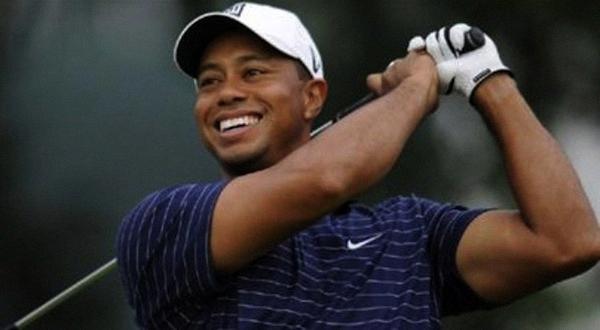It was a fateful day on February 23, 2021, when the world was shocked by the news of Tiger Woods’ involvement in a single-car crash in Los Angeles, California. The incident left the legendary golfer with severe injuries, particularly to his right leg, raising questions and concerns about the circumstances leading to the accident.
Revisiting the timeline of events, from Woods’ appearance at the November Masters in 2020 to the unfortunate crash, it becomes essential to analyze each step to understand the final cause behind the incident that nearly cost Woods his life and career.
Following his memorable performance at the November Masters, Woods had been on a path of recovery and preparation for future tournaments. However, the sudden crash shifted the narrative dramatically, placing his health and well-being at the forefront of discussions within the sports community.
As details emerged about the crash, investigators delved into various factors that could have contributed to the accident. From road conditions to vehicle malfunctions, every aspect was scrutinized to unravel the mystery behind what led to Woods losing control of his vehicle on that tragic day.
One crucial aspect that came into focus during the investigation was the speed at which Woods was driving at the time of the crash. Reports indicated that his vehicle was traveling at a high speed, raising concerns about the role of excessive speed in causing the accident.
Moreover, the terrain and layout of the road where the crash occurred played a significant role in determining the final cause of the incident. The winding roads of Los Angeles can be challenging to navigate, especially at high speeds, amplifying the risks associated with driving in such conditions.
Additionally, factors such as distractions or medical events that could have potentially affected Woods’ ability to control the vehicle were also considered during the investigation. Understanding the mental and physical state of Woods at the time of the crash was crucial in piecing together the final cause of the accident.
Critical to the analysis of the accident was the examination of the vehicle itself and any possible mechanical failures that may have contributed to the crash. Determining whether any faults in the car’s systems played a role in the incident was essential in establishing a comprehensive understanding of the final cause.
Furthermore, the aftermath of the crash and Woods’ road to recovery shed light on the resilience and determination of the golfer to overcome the challenges posed by the accident. His unwavering spirit and commitment to rehabilitation have been commendable, inspiring fans and fellow athletes alike.
Looking ahead, with Woods’ potential return to compete at Augusta National, the focus shifts towards his recovery and readiness to reenter the world of professional golf. The lessons learned from the car accident serve as a reminder of the fragility of life and the importance of prioritizing safety in all endeavors.
In conclusion, while multiple factors may have contributed to Tiger Woods’ car accident, including speed, road conditions, distractions, and potential mechanical failures, the final cause remains a culmination of these elements. The incident serves as a wake-up call for drivers everywhere to exercise caution and mindfulness on the road, emphasizing the need for vigilance and responsibility behind the wheel.

